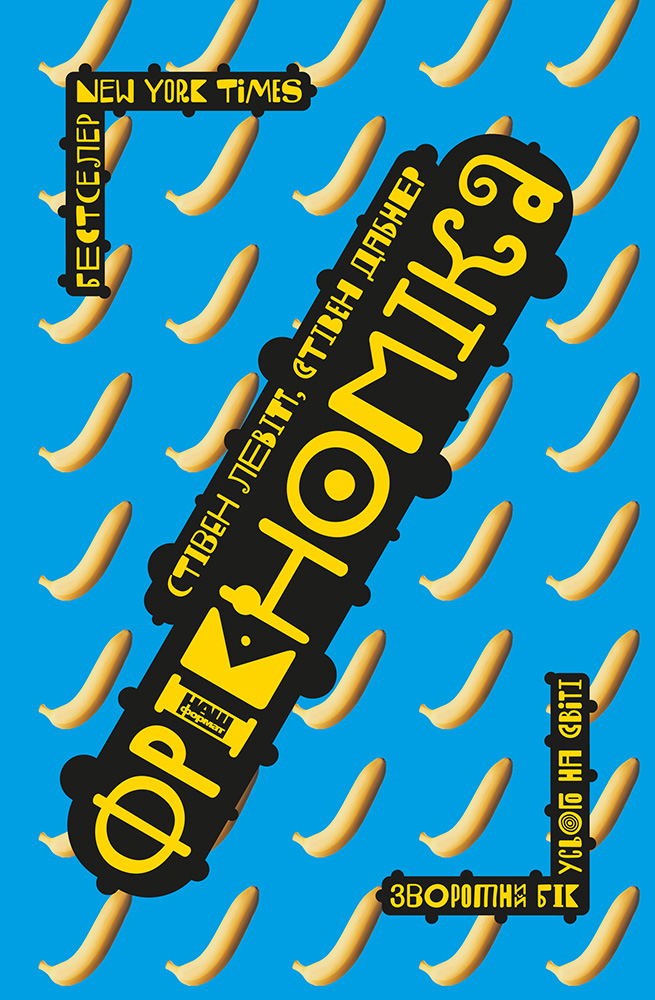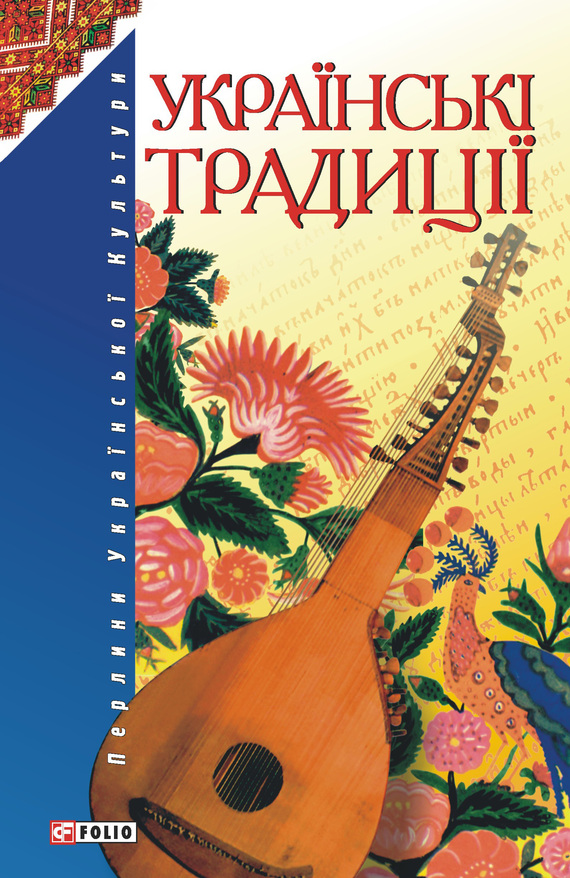Читати книгу - "Genghis Khan and the Making of the Modern World"
Шрифт:
Інтервал:
Добавити в закладку:
According to the Secret History, when Temujin received the order, he dropped back where his own family and animals were traveling in the rear of the train, and consulted with Hoelun. He seemed confused and unsure how to respond. Upon overhearing Temujin describe the situation to his mother, however, Borte interrupted and insisted angrily that her husband break with Jamuka and that they and whoever wished to follow them set out on their own. Later in the day, when Jamuka stopped to pitch camp and rest for the night, Temujin and his small entourage fled in secret and continued moving throughout the night in order to put as much distance as possible between them and Jamuka in case he decided to pursue them. Either by plan or spontaneous choice, many of Jamuka’s followers fled with Temujin, taking, of course, their animals. Despite this fission of the band, Jamuka did not pursue them.
The rift between the two young men on that early summer night in 1181 evolved into two decades of warfare as Temujin and Jamuka both rose in stature as leading Mongol warriors and hardened into the bitterest of enemies. After his split with Jamuka, at the age of nineteen, Temujin seems to have determined to become a warrior leader of his own, to attract his own followers and build a base of power, eventually aiming to become a khan, the leader and unifier of the unruly Mongol tribe. In that pursuit, his chief rival would be Jamuka, and their feud would gradually engulf all of the Mongols in a civil war. The two rivals spent the next quarter of a century stealing animals and women from each other, raiding and killing each other’s followers, and struggling to see which one would eventually rule all the Mongols.
Over the coming years, Jamuka and Temujin each acquired a following of families and clans among the Mongol people in a constantly shifting set of ephemeral alliances and pragmatic loyalties; yet neither proved able to unite all the lineages into a single tribe like the more powerful Kereyid, Tatars, and Naiman. According to Mongol oral history, they had once before been united under a single khan; but in recent generations, no one had been able to reunite them. In the summer of 1189, the Year of the Cock, and eight years after his break from Jamuka, twenty-seven-year-old Temujin decided to make a play for the title of khan, the chief of the Mongols, with the hope that once he claimed the title, he would attract more of Jamuka’s followers and make the claim into a self-fulfilling prophecy. If not, the claim might, at least, provoke a final struggle between the two and lead to a more definitive solution to the rival claims.
He summoned his followers to a steppe beside the Blue Lake at the foot of the Heart-Shaped Mountain where they held the traditional council called a khuriltai. Families, lineages, and clans voted merely by showing up. Their presence served as an official endorsement of Temujin as khan; not appearing counted as voting against him. Merely attracting a quorum constituted a victory. On such an occasion, a list would usually be made and memorized as a form of election verification, but no tally survives, possibly indicating a modest turnout. A large number of the steppe lineages, perhaps even a majority, still supported Jamuka.
Temujin’s tribe, which now consisted of his family, a loyal coterie of friends, and scattered families, was small by comparison to the other steppe tribes, and he was still a vassal to Ong Khan. To show that his new office was not meant as a challenge to Ong Khan, Temujin sent an envoy to the Kereyid leader to reassert his loyalty and to ask his blessing. Temujin’s envoy explained carefully that all he sought was to unite the scattered Mongol clans under the leadership of Ong Khan and his Kereyid tribe. Ong Khan agreed and seemed to worry little about the unification of the Mongols so long as they remained loyal. Ong Khan kept the subservient Mongols divided. By encouraging the ambitions of both young men, Ong Khan was playing the two leaders against each other in order to keep both weak and under his control as the khan of the Kereyid.
Having received the support he deemed sufficient to function as the khan of a minor group, Temujin began a radical process of erecting a novel power structure within his tribe, calling on the lessons of his youth for guidance. A chief’s complex of gers that served as his tribal center or his chiefly court was called an ordu, or horde. In most steppe tribes, the khan’s ordu consisted of his relatives and served as a sort of aristocracy over the tribe, managing it and leading it. Temujin, however, assigned some dozen responsibilities to various followers according to the ability and loyalty of the individual without regard to kinship. He gave the highest positions as his personal assistants to his first two followers, Boorchu and Jelme, who had shown persistent loyalty to him for more than a decade. Temujin Khan exercised a decisive ability to assess a man’s talents and assign him to precisely the right task based on his ability rather than his genealogy.
The first appointments went to trusted men to serve as cooks, a job that consisted largely of slaughtering animals, butchering meat, and moving large cauldrons for boiling it, but which Temujin also considered his first line
Увага!
Сайт зберігає кукі вашого браузера. Ви зможете в будь-який момент зробити закладку та продовжити читання книги «Genghis Khan and the Making of the Modern World», після закриття браузера.




